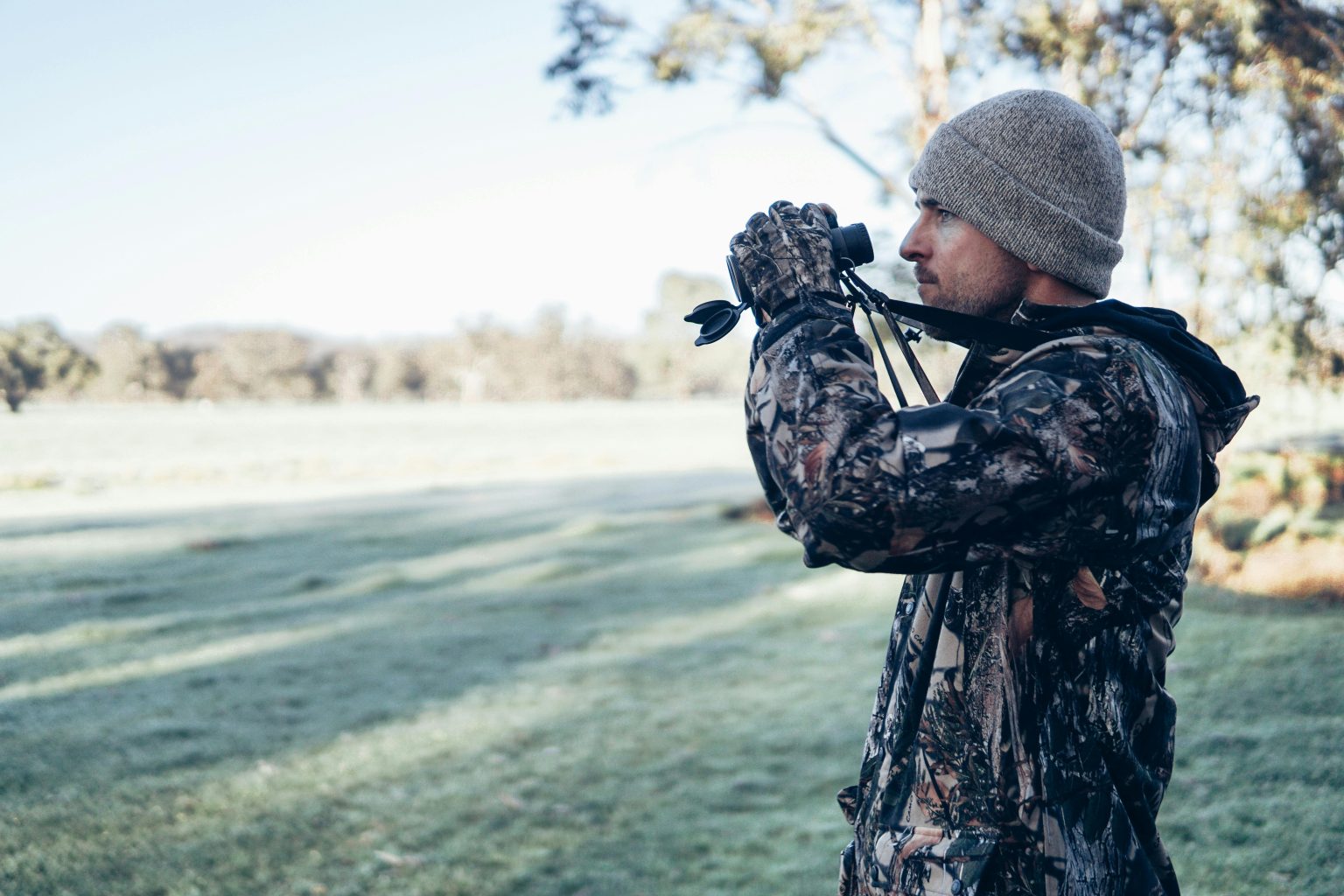When you’re out in the wild, patience and vision go hand in hand. Whether you’re tracking elk in the Rockies or waiting for whitetail in the Midwest, a good pair of binoculars can make the difference between spotting movement at a distance—or missing it entirely. Choosing the right shooting binoculars isn’t just about brand names or price tags. It’s about knowing what works for your eyes, your environment, and your hunting style.
Below, we’ll walk through the essentials of what to look for when picking your next pair, so you can make the most of every moment in the field.
Understanding What Binocular Specs Really Mean
If you’ve ever looked at binocular specs like “10×42” and felt confused, you’re not alone. The first number, the magnification, tells you how much closer the object will appear. The second number, the objective lens diameter, refers to the size of the front lenses in millimeters. So, a 10×42 binocular magnifies the view ten times and has a 42mm lens.
Generally, higher magnification sounds great—but it’s a tradeoff. The stronger the zoom, the narrower your field of view and the shakier your image can become without support. For most hunters, 8x to 10x magnification offers a sweet spot between clarity and stability. Meanwhile, larger objective lenses gather more light, which is handy at dawn or dusk, but they also make binoculars heavier.
The key is balance. Go for something that feels natural to hold and easy to stabilize, especially if you’ll be glassing for long stretches.
The Role of Glass and Coatings
You can have the perfect magnification and still get a poor image if the glass quality isn’t up to par. Good lenses use special coatings that reduce glare and improve color accuracy, giving you a sharp, high-contrast view even in tricky lighting.
If you’ve ever noticed fogginess, distortion, or that annoying purple fringe around bright objects, that’s usually due to lower-quality glass. Multi-coated optics—meaning every air-to-glass surface is treated—help minimize those flaws. For hunting, that means seeing fine details like the twitch of an ear or the flick of a tail that could signal your next opportunity.
When comparing binoculars, test them in low light if possible. That’s when quality optics really show their worth. What looks crisp at noon may turn murky at sunset, and the last thing you want is to miss a shot because your view faded with the light.
Durability and Comfort Matter More Than You Think
A good pair of binoculars should feel like an extension of your hands, not a burden around your neck. Weight distribution, grip texture, and balance all affect how long you can comfortably glass without fatigue. Rubber-armored exteriors are great for grip and protection against the inevitable bumps and drops that happen in the field.
Don’t overlook the importance of weatherproofing. Look for terms like “fog-proof” and “waterproof”—not just “water-resistant.” Fog-proof binoculars are sealed with nitrogen or argon gas, preventing internal fog when the temperature changes rapidly. That’s critical if you hunt in cold mornings or damp environments.
Binocular straps, harnesses, or chest packs can also make long hunts easier. They keep your optics accessible while reducing strain on your neck. Comfort doesn’t sound like a big deal until you’ve carried your gear for hours—and then it becomes everything.
Adjustability for the Perfect Fit
No two pairs of eyes are exactly alike. That’s why adjustability in binoculars is so important. The interpupillary distance, or the space between the two eyepieces, needs to match your eyes to avoid headaches and blurred vision. You can usually adjust this by folding the barrels closer together or farther apart.
Then there’s the diopter adjustment, which fine-tunes focus for differences between your left and right eye. Once set, it ensures both eyes are seeing a crisp image without extra strain. Eyecups—those soft rings around the lenses—are another small detail that make a big difference, especially if you wear glasses. Twist-up eyecups let you adjust the distance between your eyes and the lenses for comfort and clarity.
If possible, test a few pairs in person before buying. Even high-end binoculars can feel awkward if they don’t fit your eyes or grip naturally. What feels right in your hands will perform best in the field.
Finding Binoculars That Match Your Hunting Style
The “best” binoculars aren’t universal—they depend on how and where you hunt. If you spend hours hiking through rough terrain, lightweight and compact models might serve you best. If you’re glassing across vast plains or mountains, you’ll want more magnification and larger lenses to pick up distant details.
For example, shooting binoculars built for tactical and precision use often feature advanced optics and rugged design to handle demanding environments. These kinds of binoculars are designed with durability and clarity in mind, making them ideal for hunters who need reliable performance in the field.
Think about your priorities: do you value portability, or is low-light visibility more important? Answering that question first will help you narrow down your options and avoid overbuying features you’ll rarely use.
Seeing the Hunt Clearly
A reliable pair of binoculars isn’t just gear—it’s your second set of eyes. When chosen wisely, they’ll help you track movement, read the terrain, and connect more deeply with the hunt itself. The right binoculars balance clarity, comfort, and durability to fit your individual needs, not just the label on the box.
So before your next hunting trip, take the time to find binoculars that truly match you—your hands, your eyes, and your style of hunting. Because when you can see clearly, every decision you make in the field becomes sharper, smarter, and more rewarding.


